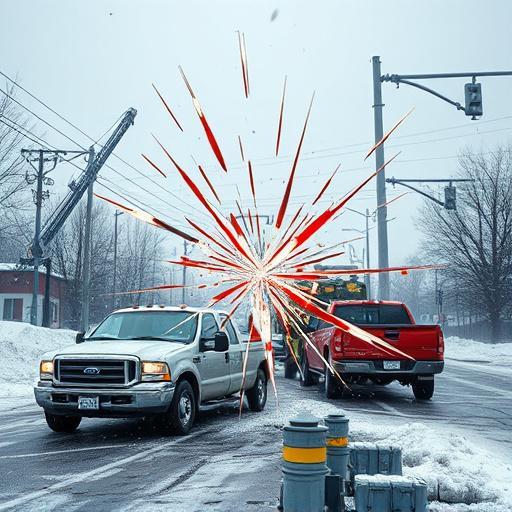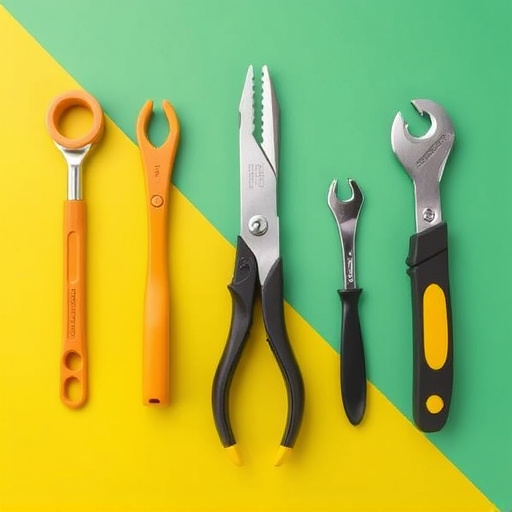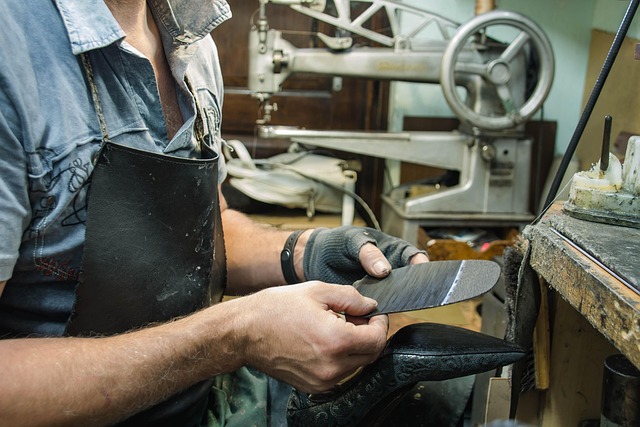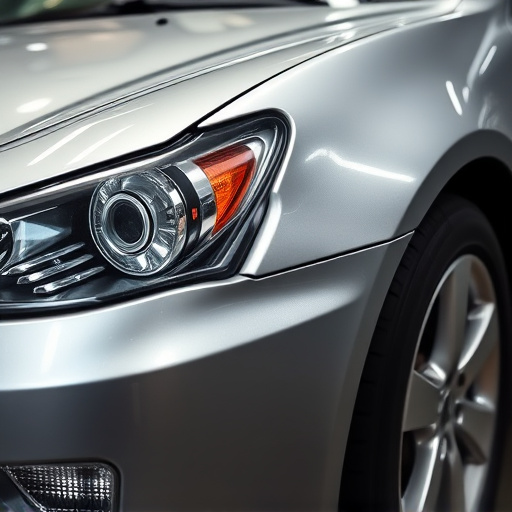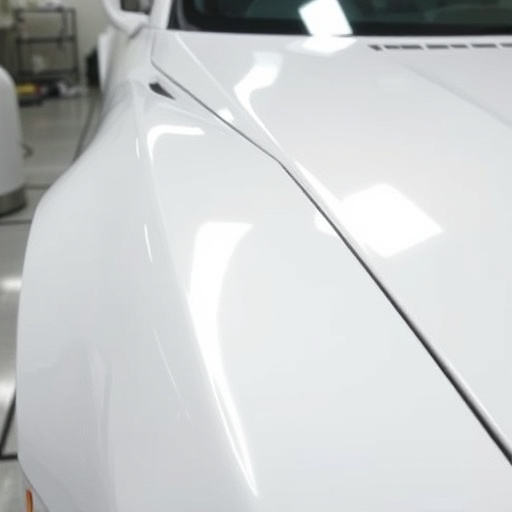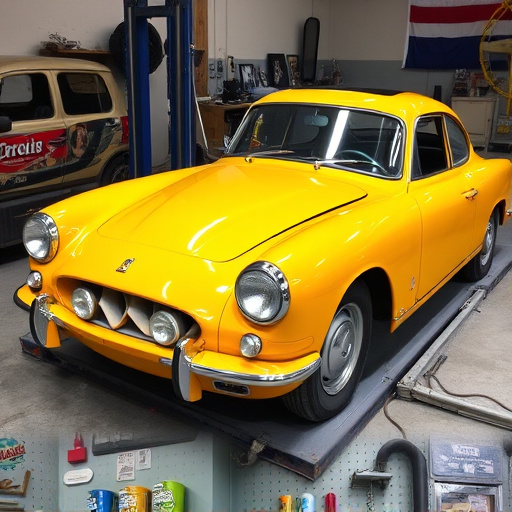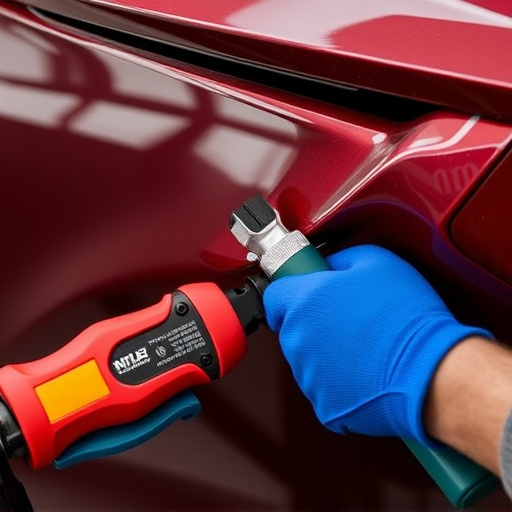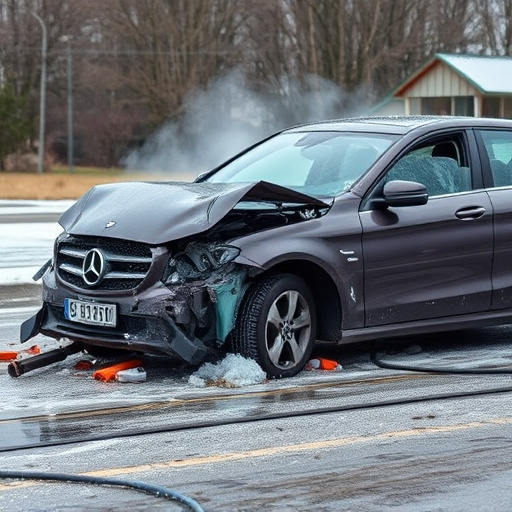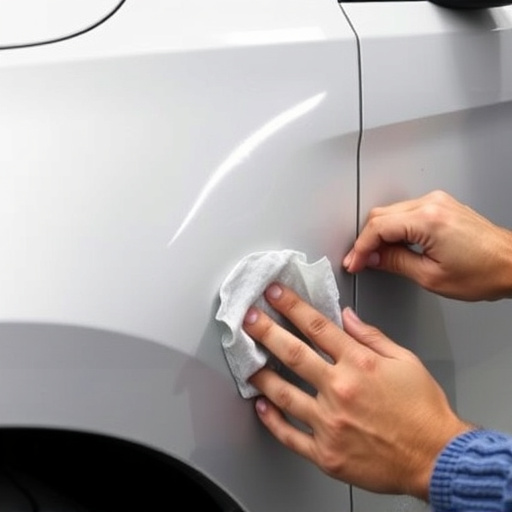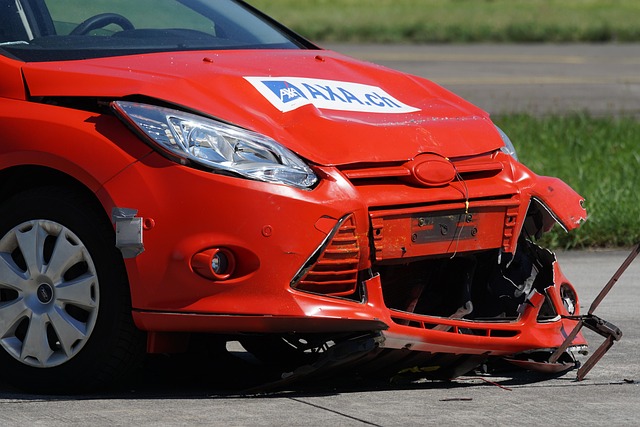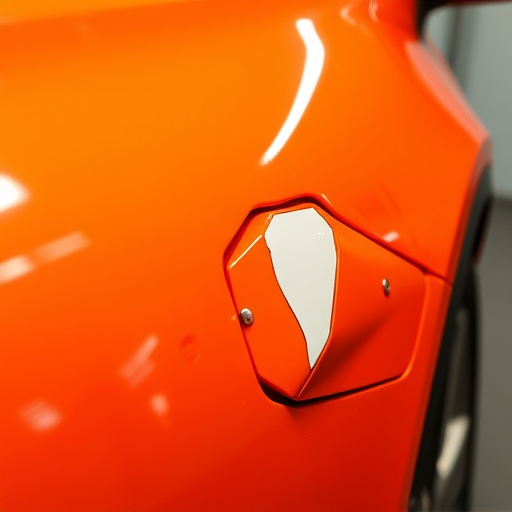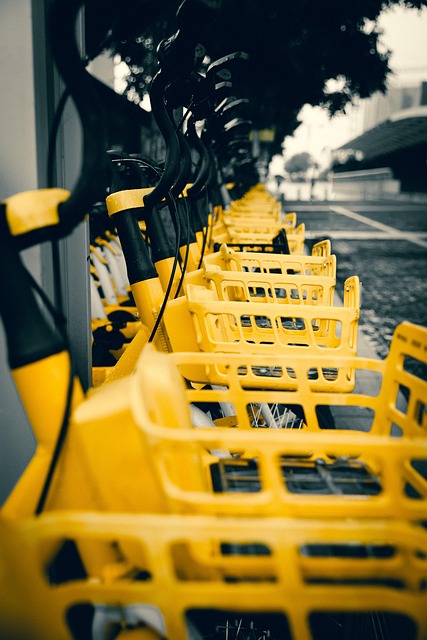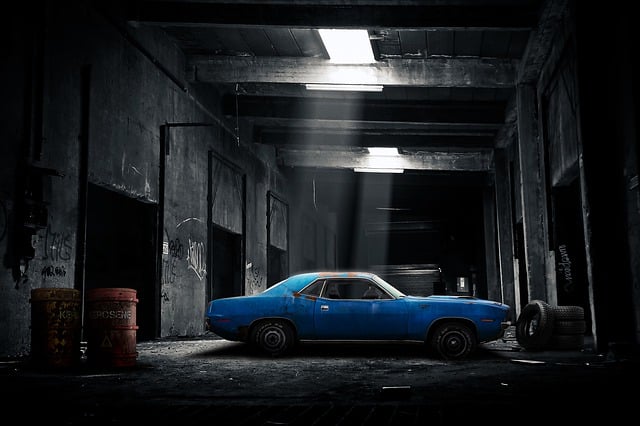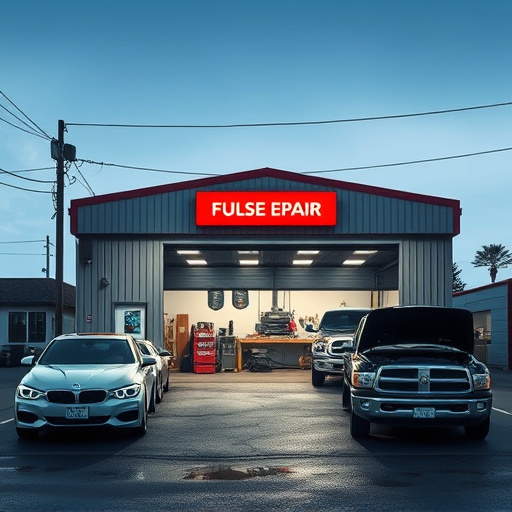Auto buffing and polishing success heavily depend on weather conditions, including humidity, temperature extremes, and drying times. Humidity can cause water spots, extreme heat may lead to rapid polish evaporation, while cold weather makes paint more rigid. Collision repair experts must adapt their techniques based on these factors, choosing appropriate compounds and application methods for optimal results in diverse climates.
The weather plays a significant role in the outcome of auto buffing and polishing, creating challenges and opportunities for car enthusiasts. From the moment you begin the process, environmental factors can impact the shine and protection of your vehicle’s finish. This article explores how different weather conditions, including rain, snow, heat, and cold, directly affect auto buffing. We’ll also uncover strategies to optimize polishing in variable climates and discuss the long-term effects of weather on car coatings, emphasizing the importance of regular maintenance for a pristine finish.
- The Direct Impact of Weather Conditions on Auto Buffing
- – How different weather types affect the buffing process
- – Specific challenges posed by rain, snow, heat, and cold
The Direct Impact of Weather Conditions on Auto Buffing
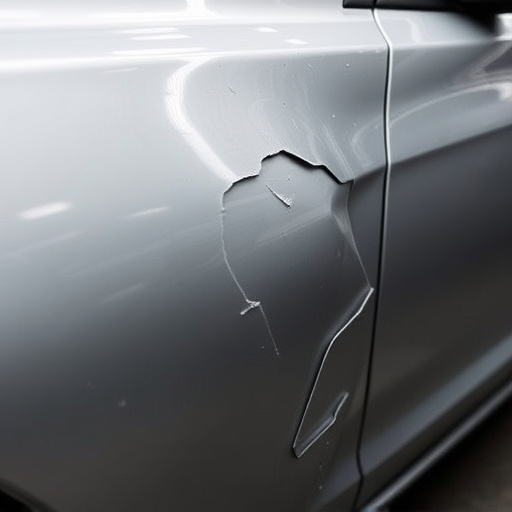
The weather plays a significant role in determining the success of auto buffing and polishing processes. Different environmental conditions directly impact the quality and longevity of the finished product. For instance, high humidity levels can lead to poor drying times, causing water spots and streaks on the car’s surface. These imperfections can be challenging to rectify, especially without proper de-ionized water use during the rinse stage.
Additionally, extreme temperatures—both hot and cold—can affect the performance of polishing compounds. Extreme heat may cause rapid evaporation of the polish, leaving behind an uneven finish. Conversely, cold weather can make the paint harder to work with, as it becomes less pliable. This is particularly relevant for body shop services where precision and a smooth finish are paramount. Automotive collision repair experts must account for these weather-related factors to ensure optimal results in their car paint services.
– How different weather types affect the buffing process
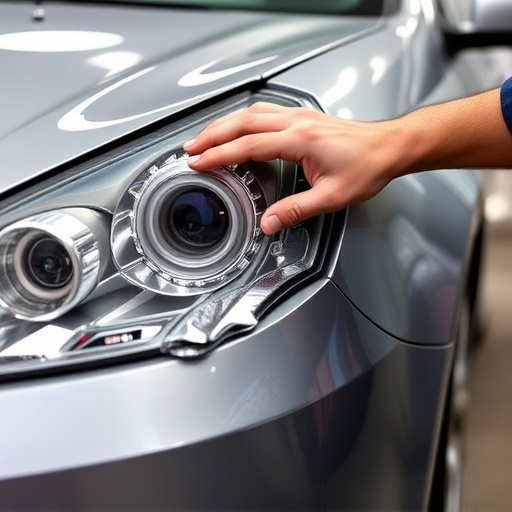
The weather plays a significant role in determining the success of auto buffing and polishing sessions. Different weather conditions can greatly impact the quality of the finish, with each presenting unique challenges and opportunities for automotive repair specialists. For instance, sunny days offer ideal conditions as UV rays help dry the polish quickly, leaving a glossy, long-lasting finish. However, direct sunlight can also cause rapid drying, leading to potential imperfections if not managed carefully.
On the contrary, humid or rainy weather can complicate the buffing process. Excess moisture on the vehicle’s surface may prevent the polish from adhering properly, resulting in a less than satisfactory final outcome. Collision repair shops and vehicle body shops often need to adjust their techniques during such conditions, employing additional measures like using quick-drying polishes or working in covered areas to mitigate the effects of moisture.
– Specific challenges posed by rain, snow, heat, and cold
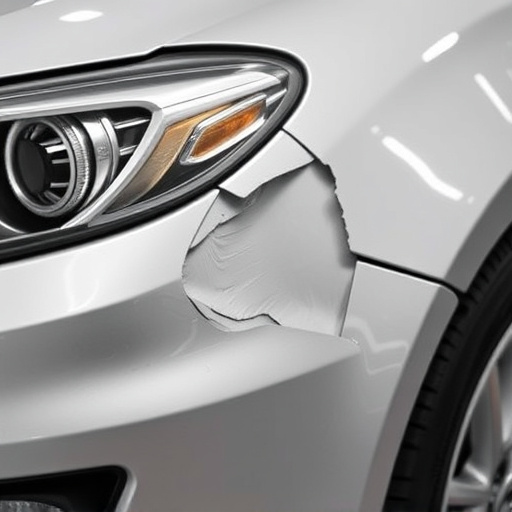
Rain, snow, heat, and cold each present unique challenges when it comes to auto buffing and polishing. In wet conditions, water spots and streaks can easily mar the finish, especially if the buffer isn’t properly maintained or used with a suitable compound. Snow and ice can leave behind residue that not only damages the paint but also attracts more dirt and grime, making the de-icing process crucial before attempting any buffing or polishing.
High temperatures can accelerate chemical reactions in the polish, leading to rapid drying and potential orange peel texture if not managed correctly. Conversely, cold weather can harden the polish prematurely, making it more susceptible to scratching during the buffing process. Skilled technicians understand these challenges and adjust their auto maintenance and vehicle restoration techniques accordingly, employing specific compounds and applications methods for optimal results in any climate—an essential consideration in collision repair as well.
In conclusion, understanding how weather conditions influence auto buffing and polishing is key to achieving optimal results. From the article’s exploration, it’s evident that various weather types present unique challenges, requiring specific adjustments in techniques and products. Whether it’s dealing with rain, snow, extreme heat, or cold, professionals must adapt their approach to ensure a flawless finish. By considering these environmental factors, auto detailers can enhance their services, catering to customers’ needs in different climates and ensuring long-lasting, sparkling results.
